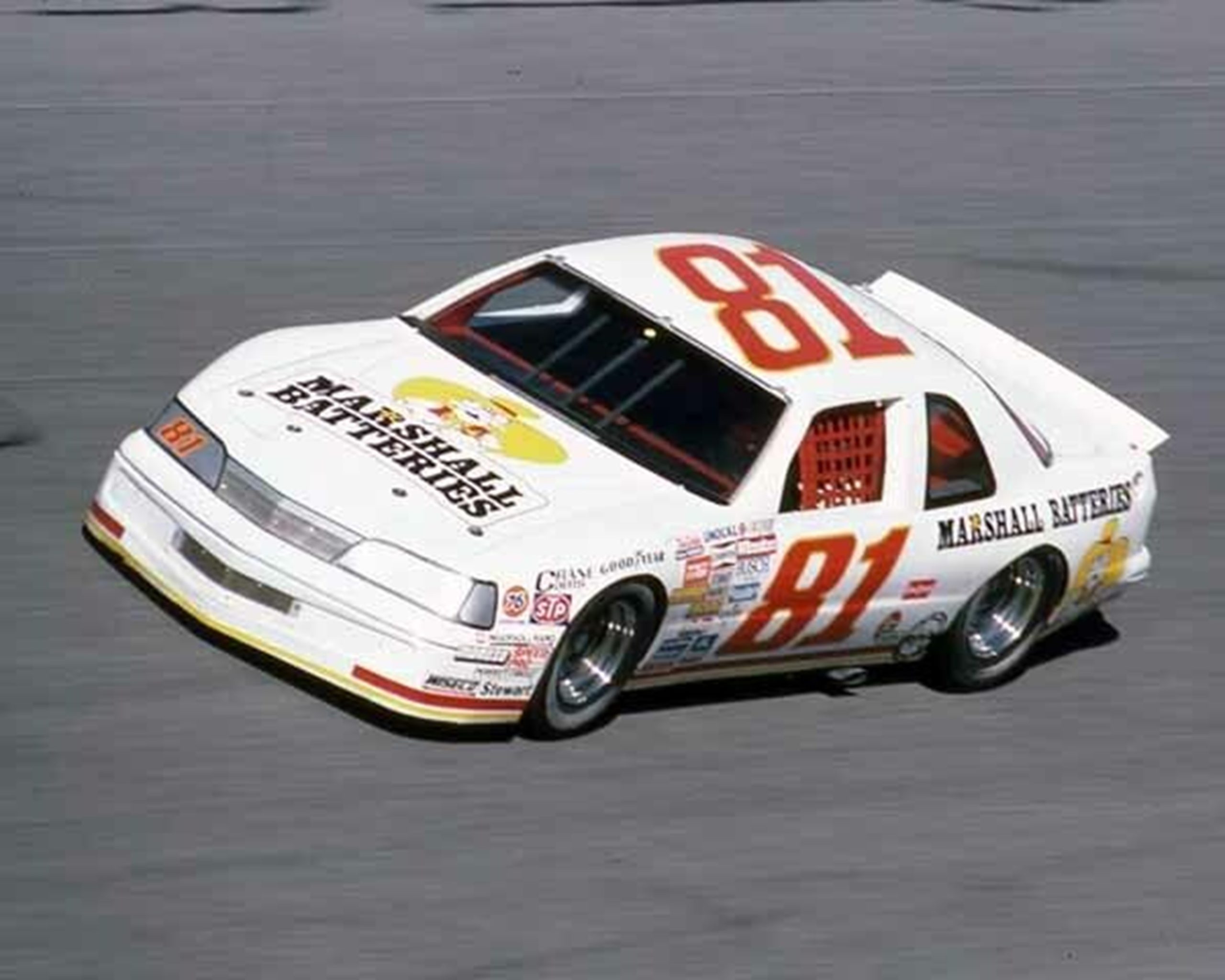Fillip’s were the best. Their history from very young was racing, both were race engineers, and their dad was the racing Big Book Marvin Fillip’s. Cory wouldn’t cut his bread without a white paper analysis. After spending most of the season at Robert Harrington’s Chet broke his leg in a wreck at Charlotte, a shot in the side trapped his leg between the pedals, he announced on the radio Chet: “I broke my leg!” Corey: “Are you sure” Chet: “Pretty sure” Corey: “I was just asking” Chet: “do you want a damn x-ray!” That’s how working with them was. “The Boobie Experience” as Cory coined it, really challenged their vision of NASCAR as the pinnacle of professional racing. After coming from Cart/ Indy/USAC racing the Fillips were exotic race car builders, the rules entertained them, they had imagination with engineering knowledge. OEM manufacturers were just starting to embrace that direction and the teams were being ripped apart by the transition from old to new. As Chet healed, Cory and team chased a sponsor, they left the “Boobie Experience” rented a shop in Landis, to make one more shot at it. 1987 brought on the new T Bird, Corey wanted help with the body I jumped at the chance. Dad had just moved up to LALA Land and had a bucket list deal to race at Daytona. The Fillip boys embraced dad being a part of the adventure. It was dad’s first opportunity to help build a cup car body.

Corey had a vision for the 500 car. Ford T Bird templates had a quirk, you could slide the template forward or back, the angles of the body panels and windshield/ back glass could be raised or lowered to complement the air flow. Without wind tunnel time, it was like rolling dice. Corey looked at the car from the front in a plane, if you rotate the plane at the ground back you gain stability but lose downforce, forward you hit a sweet spot were the NASCAR spoiler controls rear downforce and the hood/windshield creates front downforce. Building the body you have a minimum roof height, minimum nose, max deck height, let that sink in. Under normal superspeedway build situations most crew chiefs, cheat the nose low, cheat the roof low, widen the A pillars to protect the side windows/ B pillars, roll the c pillars into the spoiler for downforce. From a drafting point you wanted the sides as flat as you could, wild as rockers could be for NASCAR rules and templates. Ford door templates were tough to keep in compliance, we realized that deeper defined bodylines allowed the door side to set flatter, visualize a straight plane from wheel center back to tucked two inches inside bead of tire. Once Corey realized the fabrication capabilities and issues, he prepped the rear steer chassis for the build. Corey/ Chet felt going to the maximum deck height give the team the ability to change spoilers to tighten car in traffic, minimum would set the nose high and or challenge the roof. Without the ability to test, go to wind tunnel, make changes on the fly, the fact that most Ford teams only got the facias in December, adjustability becomes the best laid plans, we had 45 days. Corey and Chet, toyed with the ride heights, they came up with a bullet proof adjustment plan, established our build height and we took off. I painted the ride the last week in January, by February 2nd, the Fillip boys were assembling the Bird. This was going to be crazy I had two cars trying for the 500, and one in the 300 Saturday. Let’s get this party started.
